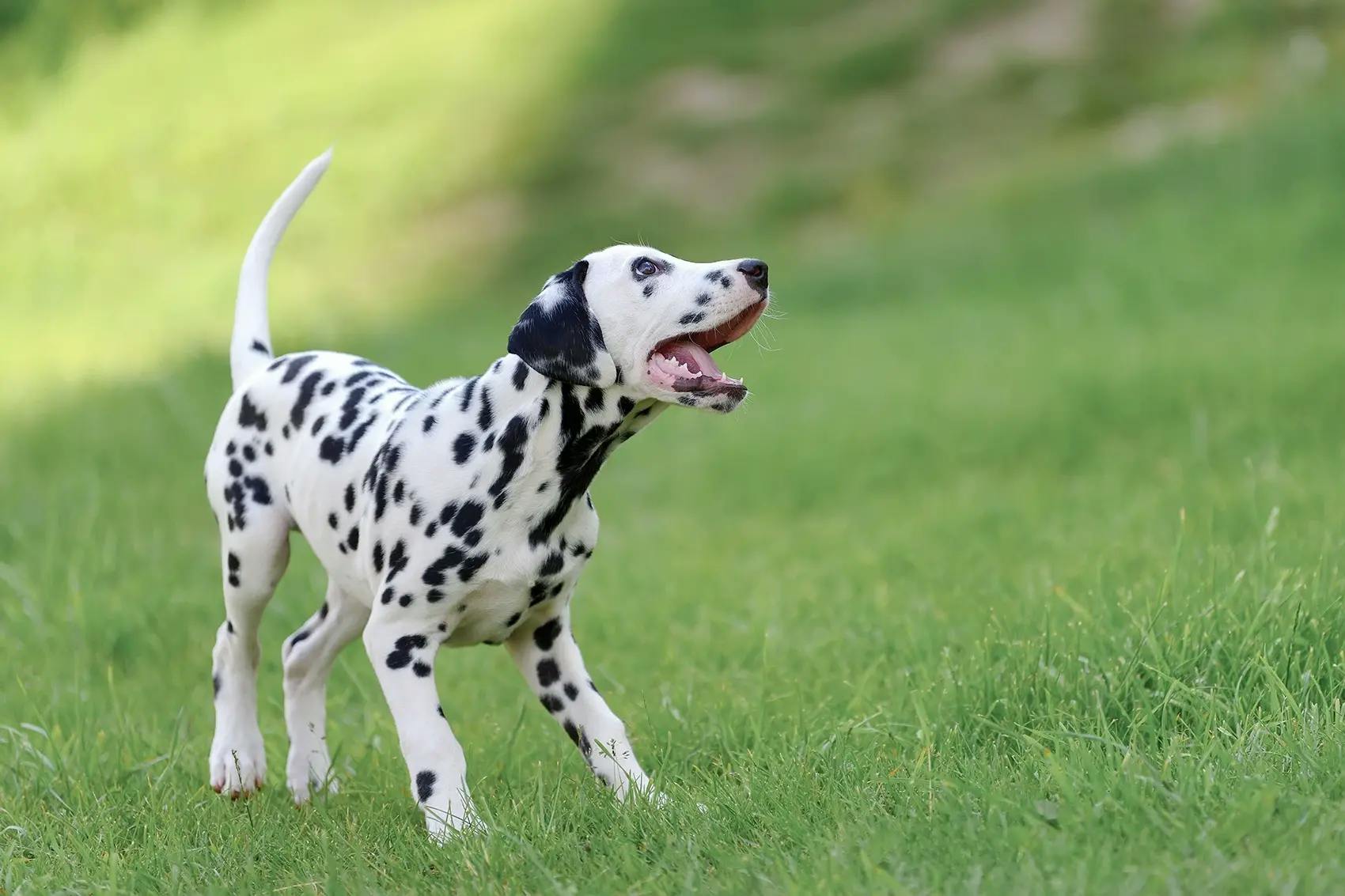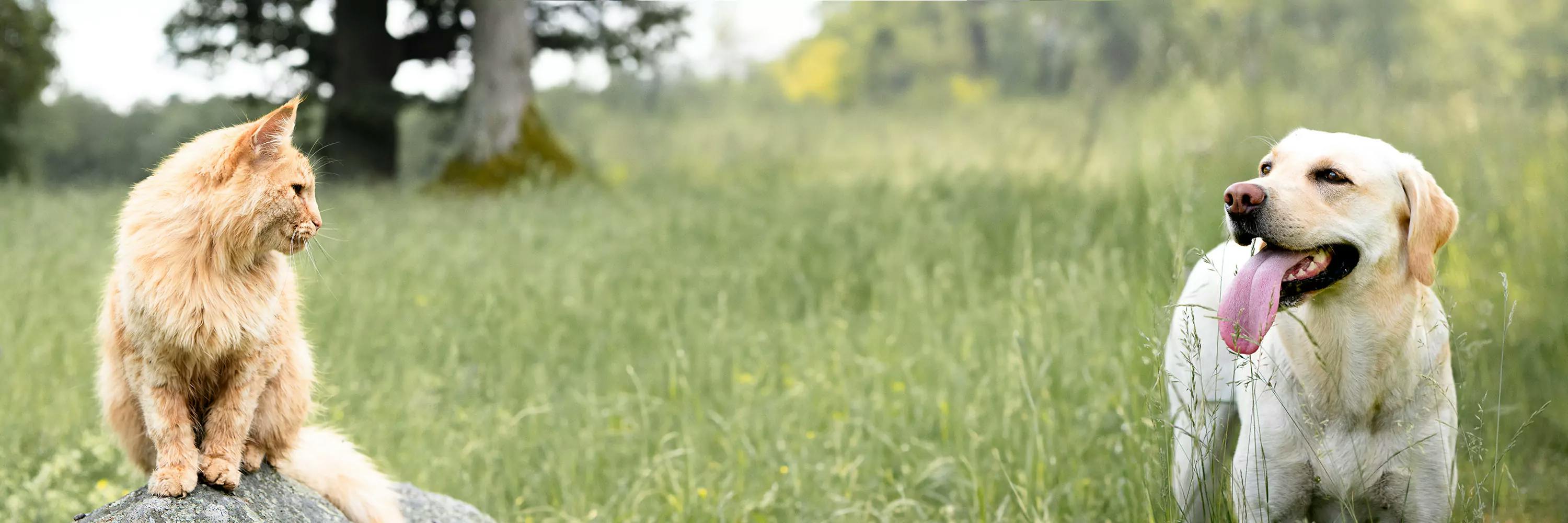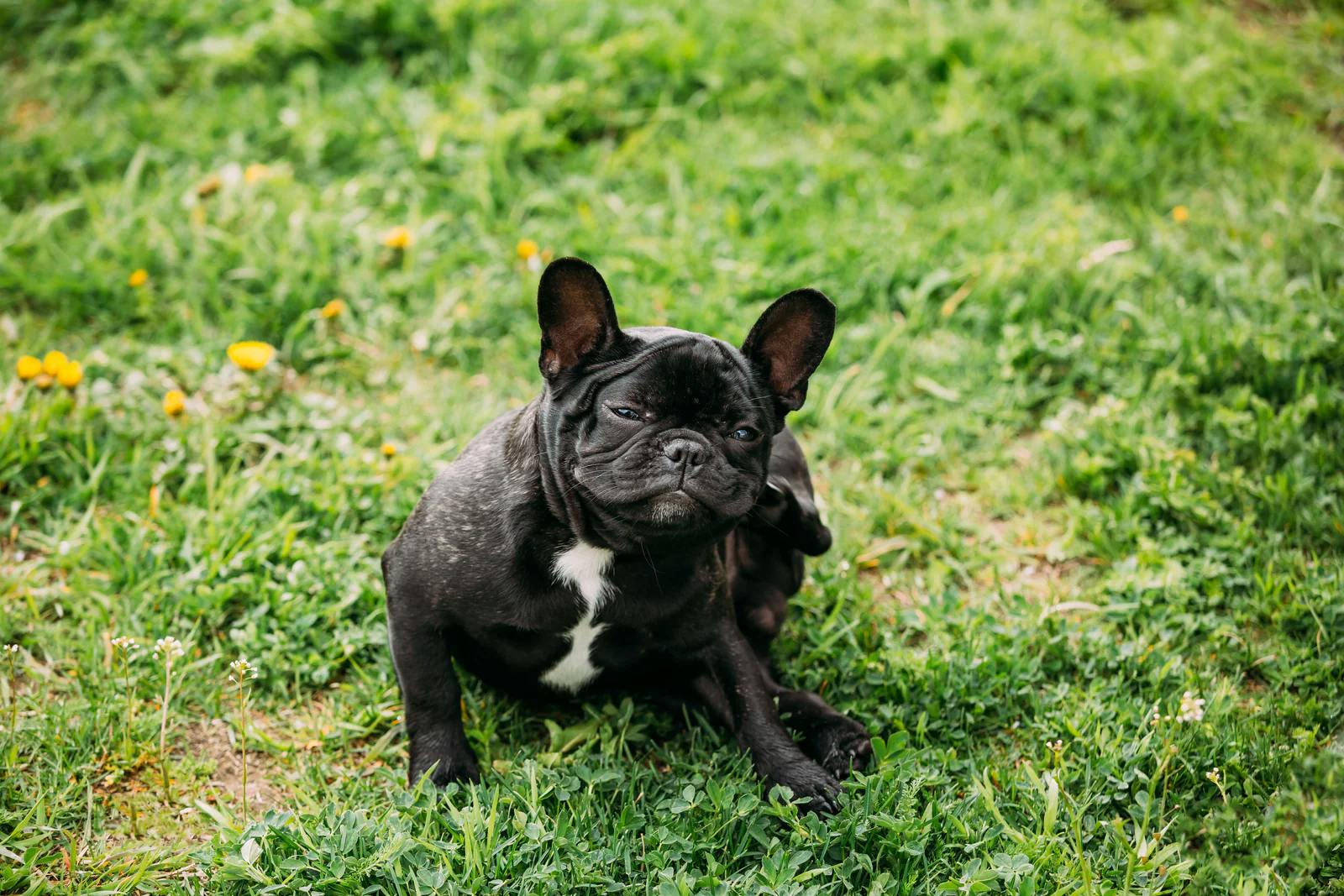Active location:
Select your country:

Purines - explained
We sometimes receive questions about purines; what are they, are they dangerous, and what content does our insect-based food have? Here, we explain the concept and in particular, why purine content is important for Dalmatians!
What are purines?
Purines are compounds found in the nucleus of all animal and plant cells. Therefore, purines are present in all living organisms, and foods that contain a lot of protein generally have higher purine levels. The highest levels of purines are found in red meat and offal, especially in organs like liver and kidney, certain types of fish such as anchovies and mackerel, and in yeast. The larvae used in Petgood’s insect-based food have lower purine levels than these foods.
Are purines harmful to dogs and cats?
No, purines are a natural component of animal-based protein-rich foods. Both dogs and cats require protein to be healthy and fully-functioning. Protein is the body's building blocks and is important for muscle growth, energy, enzyme production, and many other normal bodily functions. Both dogs and cats are adapted to eating animal-based foods, which are rich in purines. However, there are specific recommendations for Dalmatians.
What is special about Dalmatians?
Dalmatians have an inherited genetic mutation that, in simplified terms, means that they do not process purines in their liver and kidneys in the way that other dog breeds do. This means that purines are excreted in their urine instead of being broken down, which can lead to a specific type of urinary stone called urate stones or uric acid stones. Therefore, Dalmatians are recommended low-purine diets that are tailored for this purpose. This type of diet is generally lower in protein.
What is the purine content in dog and cat food?
In addition to specific low-purine diets, the purine content in dog and cat food will vary depending on the composition of the food and its ingredients. Food with a lot of offal and red meat will have higher levels than food with plant-based ingredients. Protein-rich feeds will also in general have more purine than low-protein feeds, but it is also dependant on the specific protein source. Cats have a higher animal protein requirement than dogs, which also means higher purine levels in cat food. Cats are not sensitive to purines.
What is the purine content in Petgood's food?
The purine content in Petgood's food is at a normal level - neither low nor high. The larvae we use have lower purine levels than red meat and offal, and we also use a lot of plant-based ingredients in our food. We have a normal protein level in percentage terms, according to the recommendation for dogs. Therefore, we do not recommend our food for Dalmatians or dogs that require a low purine or protein level. Dogs with these specific needs should consult their veterinarian for advice on selecting the right food.
Summary
Purines are compounds that naturally occur in all protein-rich foods. They are not harmful but rather a completely normal part of dogs' and cats' natural diet. Due to an inherited gene that affects the metabolism of purines in the liver, Dalmatians are an exception, and Dalmatian owners should therefore consider the purine levels in their food.
References







